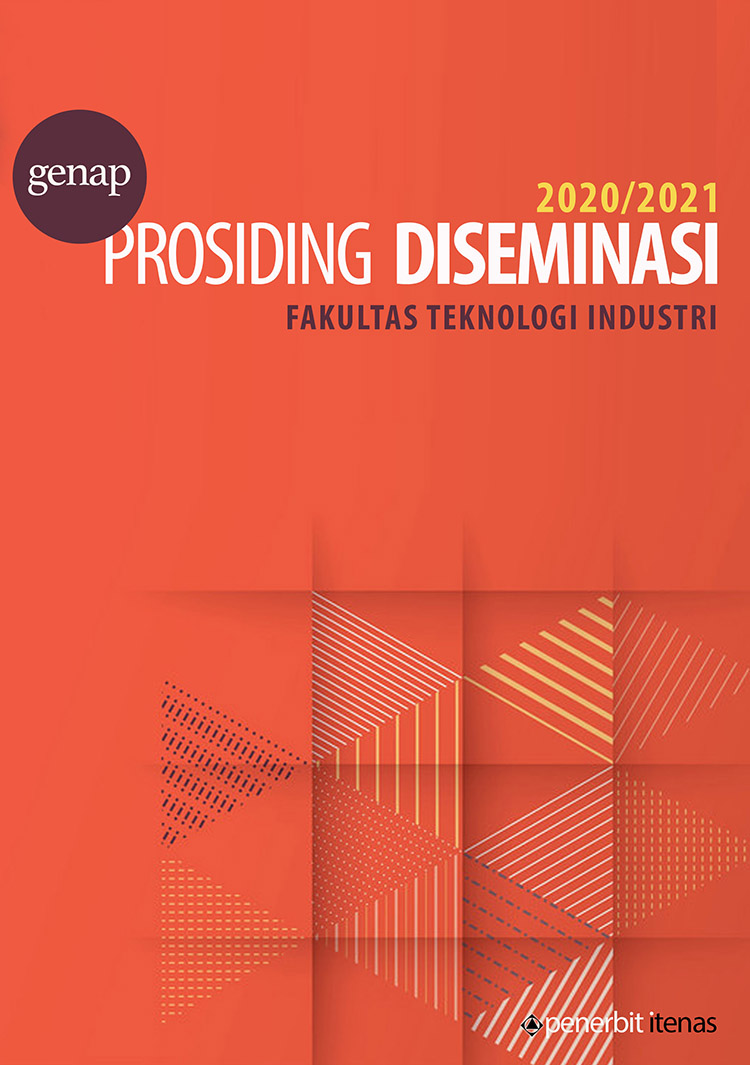Studi Korelasi Arus Eksitasi terhadap Output Generator Sinkron Unit 3 PGU Suralaya
Kata Kunci:
sistem eksitasi, uji korelasi,, pearson product momen, regresi,, errorAbstrak
ABSTRAK
Dalam suatu sistem pembangkitan energi listrik, tentu tidak mengesampingkan peranan sistem eksitasi. Sistem eksitasi merupakan sistem pemberian arus searah untuk membentuk fluksi bolak – balik pada rotor generator. Sistem eksitasi yang digunakan Generator Sinkron PGU Suralaya yaitu sistem eksitasi dinamik. Untuk mengetahui hubungan yang terjadi antara arus eksitasi dengan daya aktif, daya reaktif, dan tegangan keluaran generator, maka dilakukan uji korelasi berdasarkan metode pearson product momen yaitu memiliki hubungan sangat kuat, karena memiliki nilai koefisien korelasi antara 0,80 – 1,00. Artinya, korelasi arus eksitasi dengan parameter tersebut memiliki pengaruh satu sama lain. Hubungan tersebut dapat dilihat ketika daya reaktif mengalami kenaikkan pada saat tegangan terminal mengalami penurunan, maka arus eksitasi perlu dinaikkan. Berdasarkan uji regresi menghasilkan persamaan Y berupa 2796,91 + 7,57.10-6(X) yang menjadi referensi untuk pengaturan arus eksitasi terhadap daya reaktif, dan error dari persaaman regresi sebesar -1,4% s/d 2,91% dari selisih nilai riil dan nilai peramalan.
ABSTRACT
In an electrical energy generation system, it certainly does not rule out the role of the excitation system. The excitation system is a direct current system to form alternating flux in the generator rotor. The excitation system used by the Suralaya PGU Synchronous Generator is a dynamic excitation system. To find out the relationship between the excitation current and the active power, reactive power, and generator output voltage, a correlation test was carried out based on the Pearson product moment method, which has a very strong relationship, because it has a correlation coefficient value between 0.80 - 1.00. That is, the correlation of the excitation current with these parameters has an influence on each other. This relationship can be seen when the reactive power increases when the terminal voltage decreases, then the excitation current needs to be increased. Based on the regression test, it produces the Y equation in the form of 2796,91 + 7,57.10-6 (X)which is the reference for setting the excitation current to reactive power, and the error from the regression equation is -1,4% s/d 2,91% of the difference between the real and forecasting value.





